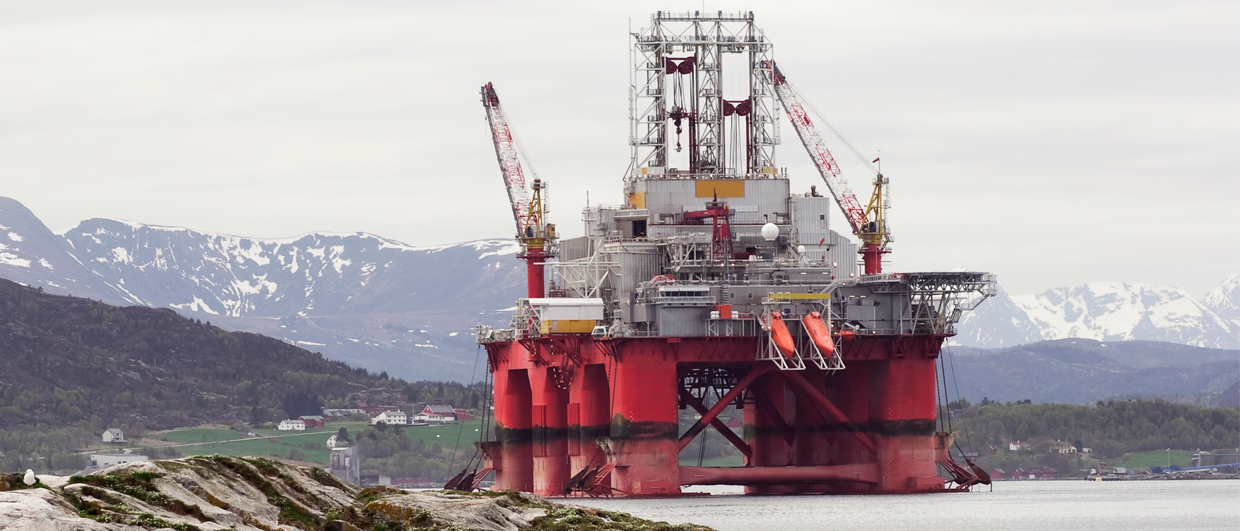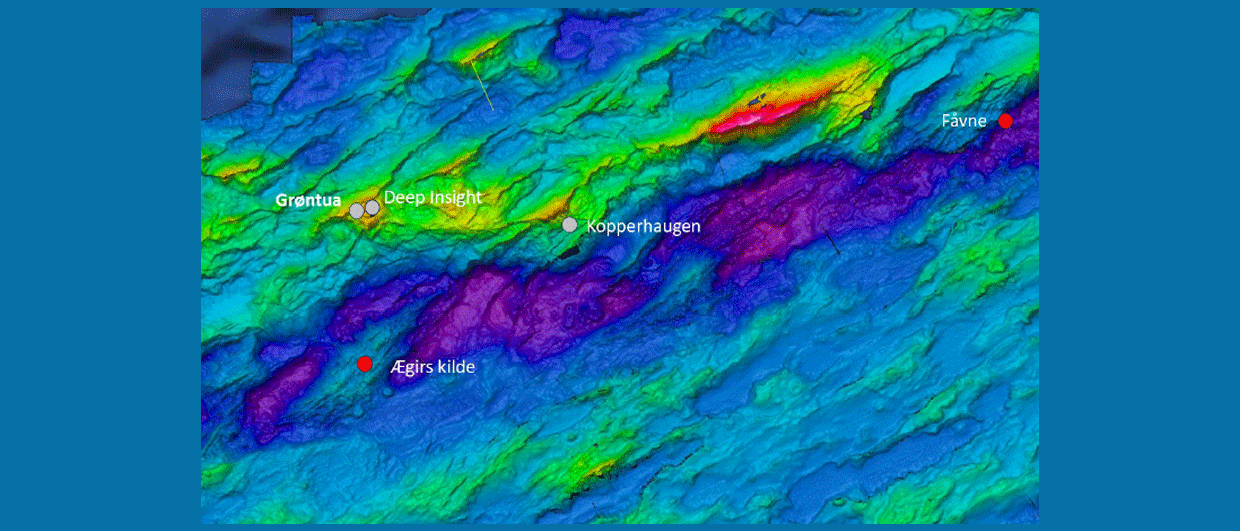The deep sea is pitch dark, but the two ROVs provide plenty of “working light” for the drilling machine that is standing on the seabed in the hilly, inhospitable terrain that makes up the underwater mountain range that stretches through the Norwegian and Greenland Seas and further north towards the Arctic Ocean.
The operation in the deep sea is unique. Never before have three remote-controlled machines worked in parallel for this purpose in the deeper parts of Norwegian waters. The data and the physical samples they have obtained so far can play an important role in the process that could lead to a new marine industry based on deep-sea minerals in Norway.
“We have tested new technologies and examined how we can carry out several operations related to environmental investigations, monitoring and exploration in parallel. By combining such operations, we can contribute to making the acquisition of knowledge more efficient and minimizing their environmental footprint”, says Anette Broch Mathisen Tvedt.
She is the managing director of Adepth Minerals, one of the players that has positioned itself as an exploration company and technology developer ahead of a possible upcoming licensing round for deep-sea minerals on the Norwegian continental shelf.
One of the key technologies tested during the cruise is FlexiCore, which has been developed by Adepth Minerals in collaboration with Seabed Solutions and DeepOcean.
Drill cores are absolutely essential for understanding the geology of an area. When the Seabed Minerals Act came into force and the opening process was initiated, we saw that existing solutions were expensive and lacked the flexibility to function well in the deep sea
The three companies built their own equipment that is adapted to small operations at great ocean depths. The criteria were that the equipment could deliver flexibility when the operator needs to drill in rough terrain, determine angles and adjust the drilling along the way.
“We have now tested and further developed the technology in several rounds – first on land, then at the quay, then in shallow sea areas, and now finally in the deep sea.”
The project manager confirms that FlexiCore did its job on Mohnsryggen, even though the core recovery is something that was anticipated to be a bit higher. Three holes were drilled up to 18 meters deep, and the trip resulted in around 4 meters of cores, which was less than desired. The concept has been tested though and has worked under the conditions for which it was designed.





